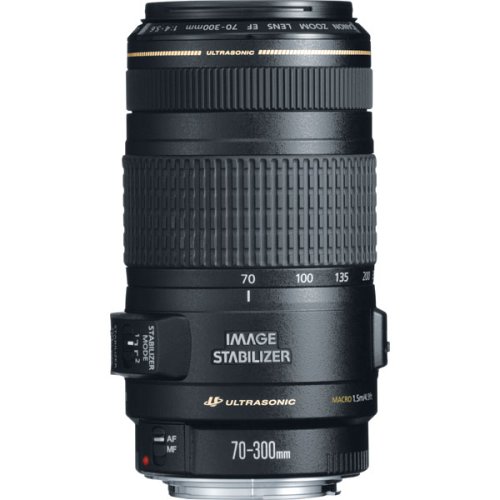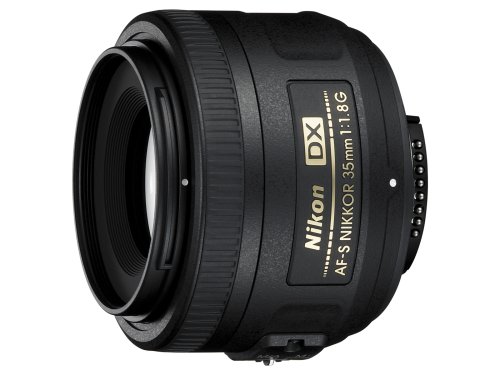!±8± Canon EF 70-300mm f/4-5.6 IS USM Lens for Canon EOS SLR Cameras
 | Price : $434.99
| Price : $434.99Post Date : Apr 09, 2012 11:57:05 | Usually ships in 24 hours
Featuring the latest 3-stop Image Stabilizer for outstanding camera shake reduction, the EF 70-300mm f4-5.6 IS USM zoom lens also features super responsive autofocus. Replacing the popular EF 75-300mm f4-5.6 IS USM, the world's first interchangeable lens with Image Stabilizer (IS), the lens is expected to appeal to serious amateur nature and sports photographers looking to achieve outstanding results while shooting hand held.
Features
- 70-300mm focal length
- EF mount; telephoto zoom lens
- 3-stop Image Stabilizer for outstanding camera shake reduction
- Electro-magnetic diaphragm (EMD) helps create an attractive, even defocused background at large apertures
- Ring-type UltraSonic Motor (USM)
- 70-300mm telephoto zoom lens with f/4.5-5.6 maximum aperture for Canon EOS SLR cameras
- 3-stop Image Stabilizer for reducing camera shake; ring-type ultra-sonic monitor (USM)
- Electro-magnetic diaphragm (EMD) helps create attractive background at large apertures
- Super Spectra lens coating and lens element shaping suppresses flare and ghosting
- Measures 3 inches in diameter and 5.6 inches long; weighs 22.2 ounces; 1-year warranty
Stonegate Fp10-07-09 Electric Fireplace With An Adjustable Thermostat... Discount Tv Dvd Recorder Buy Now Arm,lower Ryobi - Ridgid 180212000... Right Now









